
Discover how to plant, grow, and harvest radishes for a zesty garden treat
Read Next
Types
There are both “spring” and “winter” radishes. Note: the small round varieties do not tolerate heat as well as the longer types, so plant the small types first in early spring before mid-size. In general, we find that smaller radishes are milder in flavor, and the larger varieties are spicier.
- ‘Burpee White’: spring variety; small type; heirloom radish with white crisp flesh; mild flavor
- ‘Champion’: spring variety; small type; bright scarlet with firm, crisp white flesh; mild flavor
- ‘Cherry Belle’: small type; round, red with white flesh; heirloom radish; crisp, light flavor
- ‘German Giant’: spring variety, red baseball-size; never gets too hot; sweet and mild
- ‘French Breakfast’: spring, late-maturing type can tolerate moderate heat; heirloom radish with 3-inch red roots, oblong shape, mild flavor
- ‘White Icicle’: late spring, cylindrical white roots up to 5 inches long; can tolerate moderate heat; heirloom; mild-flavored with hints of peppery taste
- ‘Daikon’: winter radish; grows to 14 inches long; best grown in cooler climates or during the cooler ends of the growing season; crisp and snappy taste
- ‘Spanish Black’: winter radish; large 3- to 4-inch turnip-shaped globes have crisp, pungent, spicy pure-white flesh; great for storage
- ‘Watermelon’: winter radish; an heirloom Daikon radish variety with striking white skin and bright red inners; mild flavor with a light peppery tang.
Gardening Products
Cooking Notes
Many folks do not realize that radishes have uses well beyond the salad garnish! Radishes are great for pickling with carrots or to be fermented into kimchi. The small types can be snacked on whole (with their green tops as handles), or dipped into salted butter and lime. Of course, radishes can also be grated into cabbage slaws to add some flavor.
Radishes can also be cooked. You can roast halved radishes until buttery and tender. And the green tops can be sauteéd in olive oil with some garlic or even made into pesto.
Radishes can become stronger in flavor and pithy in warmer temperatures. With the longer daylength and warmer temperatures, they also bolt (send up a flower stalk) faster; in this case, the growth of the radish root slows. Radish plants like air temperatures between 50 and 65, ideally. Some cultivars are more heat tolerant. Perhaps the best you can do is try to keep them cool; use row covers or similar during the hottest part of the day. Keep the soil consistently moist (not soggy). Be sure to thin them to recommended spacing so as not to stress the plants with overcrowding (pinch seedlings off at the base, rather than pulling them up). A Kansas Cooperative Extension article recommends planting in mid- to late March and early September, so if this crop doesn't fair well, you'll at least have another opportunity for a fall crop.
Yikes, Ken! Most radishes are cool-weather plants that like 55°F to 85°F for germination and 50°F to 65°F for growing. Hot temps can cause radishes to bolt (go to seed) quickly. If they do grow, the radishes are liable to be bitter and ... well ... hot. At the very least, wait till it cools off at least a little. Better yet, try to find a hybrid that works fine in heat, such as Rover.
We're Curious, too! Where in western Canada are you? As you may know, planting times are based (among other things) more on north-south location than east-west. Go to "Gardening" above and click on "Best Planting Dates for Seeds." Then enter your town and province to get the ranges for a number of veggies. Also check out "Frost Dates Calculator" to get your approximate growing seasons for radishes and celery. Check your seed packets for time to maturity, but in general radishes (easy to care for) take 3 to 4 weeks and celery (harder), 3 to 4 months. The short answer: Yes, get planting!
Hi John,
Horseradish is a perennial and usually planted as root cuttings. Plant in a container or in a spot where they won't be disturbed, possibly in the border of the garden. Horseradish needs little or no attention in order to thrive. It likes a sunny spot and water once a week during dry spells. You can harvest horseradish one year after planting.
- « Previous
- 1
- 2
- …
- 10
- Next »

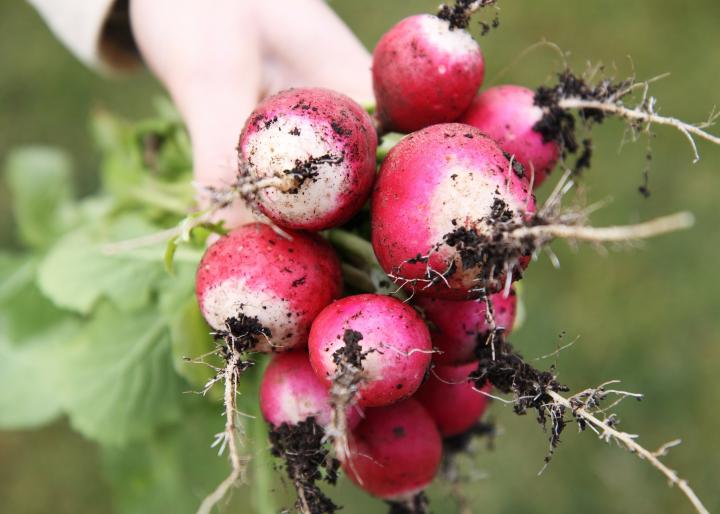

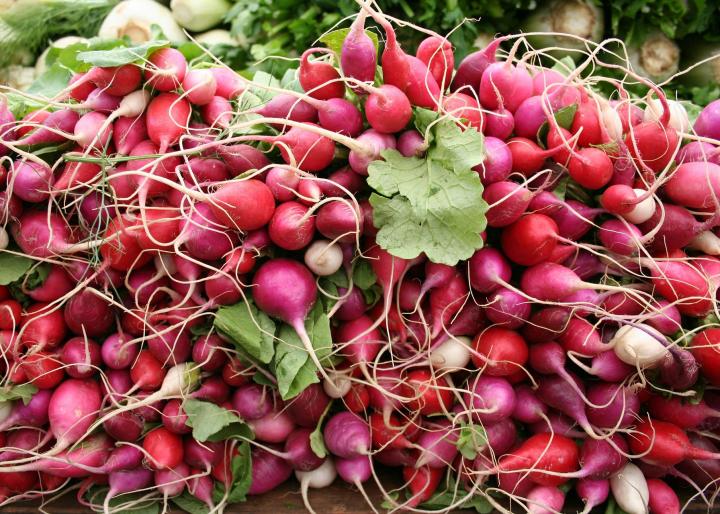
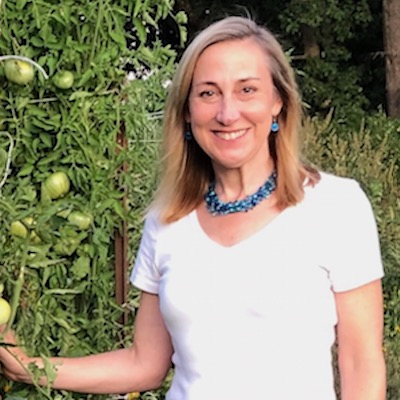

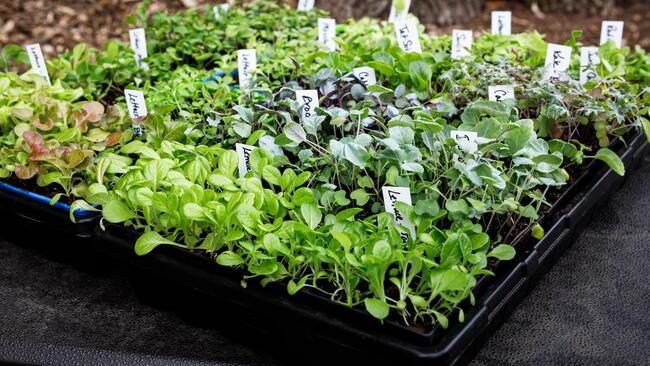


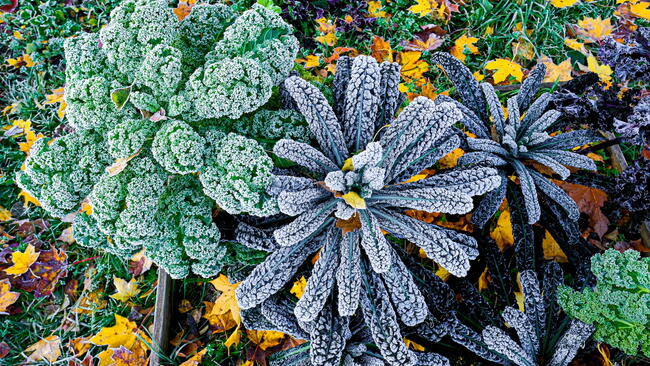



Comments